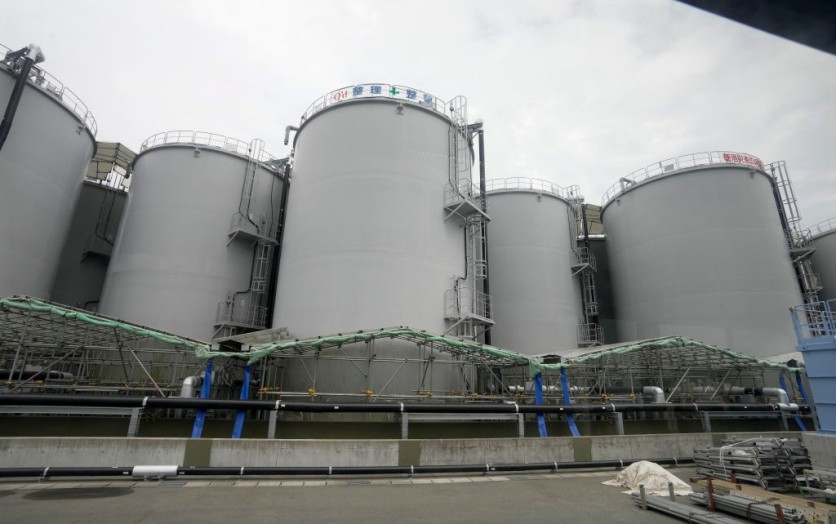Japan is set to initiate the release of cooling water from the Fukushima power plant on Thursday, marking a significant step in the aftermath of one of the world's worst nuclear disasters that occurred 12 years ago, according to a report by AFP.

China Protests the Decision
The decision to proceed with the release has not been without controversy, as opposition from local fishermen and protests from China have added to the complexity of the situation.
China, in particular, has taken a strong stance by already banning food shipments from various Japanese prefectures in response to the impending release.
Japanese authorities, however, maintain that the gradual release of the accumulated water into the sea is safe. This assertion is supported by the United Nations atomic agency, adding an international dimension to the discussion.
Prime Minister Fumio Kishida revealed the start date for the release after consultations with representatives from the fishing industry, who hold concerns about the environmental impact and potential disruption to their livelihoods.
The Fukushima-Daiichi nuclear plant was severely damaged in 2011 by a massive earthquake and tsunami that resulted in the loss of around 18,000 lives. Three of the plant's reactors experienced meltdowns, leading to a protracted effort to mitigate the consequences.
Over the years, operator TEPCO has been working to manage the aftermath by collecting and treating the accumulated water used to cool the remaining radioactive reactors. The water is a mixture of groundwater, rainwater, and cooling water, amounting to over 1.34 million tons.
TEPCO emphasizes that the treated water has been carefully diluted and filtered to eliminate all radioactive elements, except for tritium. This radioactive isotope is present at levels considered to be well below hazardous thresholds, according to experts.
Read Also : Japan's New Bomb Shelter Bill On Its Way to Becoming Law Due to Lack of Underground Shelters
Concerns About the Release
However, concerns have arisen about the presence of tritium and the potential long-term effects of low-dose exposure to such radionuclides. Some critics and scientists call for more transparency in the sampling and monitoring processes to ensure the safety of the release.
The controversy surrounding the plan extends beyond Japan's borders, as China, South Korea, and Pacific nations express opposition. The Pacific islands, already grappling with the legacy of nuclear testing, fear further contamination in their region.
Japanese fishing communities, which have made significant efforts to restore their means of living following the 2011 catastrophe, express concerns regarding the possible consequences on their industry and the subsequent effects on their local communities.
The International Atomic Energy Agency (IAEA) has conducted an extensive safety review and deemed Japan's plan consistent with its safety standards. Despite this, the release remains contentious, with the IAEA's interim evaluations indicating minimal radiological impact on both humans and the environment.
Related Article : Japan's Military of Defense Considers New US-Style Research Body to Support Civilian Technology with Military Applications

ⓒ 2025 TECHTIMES.com All rights reserved. Do not reproduce without permission.




